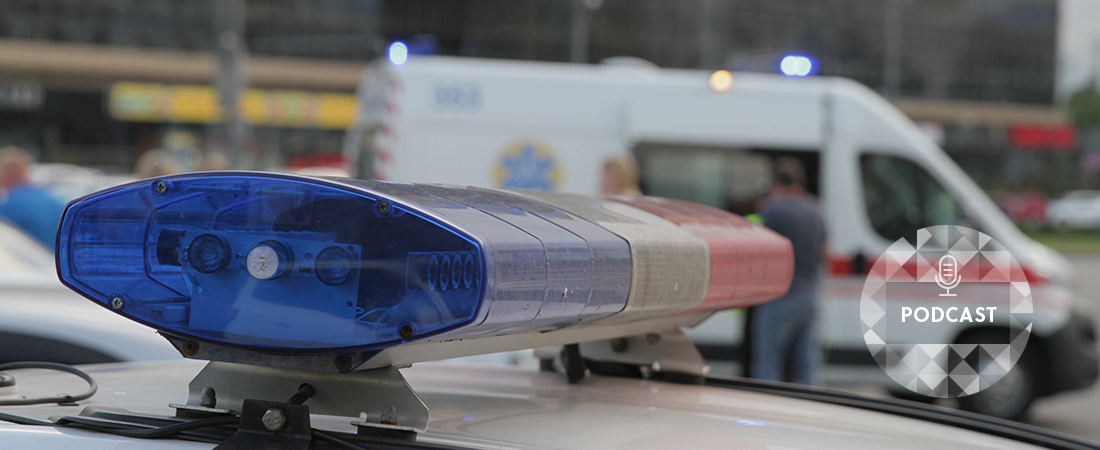Preventing the Next Opioid Overdose

EDC’s signature trainings and consultations strengthen and build the nation’s prevention workforce. Learn more.
Mosaic: The EDC Podcast
Listen in as our experts discuss a wide range of current topics and the innovative solutions that are being developed to address them. Check out all of our podcasts.
People who survive an opioid overdose are at increased risk of overdosing again—and for that next overdose to be fatal. How can communities decrease that risk?
Gary Langis, a prevention specialist at EDC, believes that post-overdose strategies can play a significant role in keeping people alive in the days and weeks following an overdose. In this podcast, Langis shares the work he has done with social workers, health professionals, and family members of overdose survivors in communities across Massachusetts.
On why post-overdose strategies are an important part of prevention
Langis: We began doing a lot of this post-overdose [work] four or five years ago because we realized that just throwing Narcan at the problem is not the solution. . . .We’d go to a house three, four times for the same person. And we decided that we had to do something else.
On the kind of support currently available for overdose survivors
Langis: There’s not too much. Right now, in most communities, a person who overdoses will go to a hospital. They get to the hospital, get treated for the overdose, maybe observed for a few hours, and then [are] let go.
On the most important thing a community can do to support post-overdose programs
Langis: If communities want to get something going, you have to work on building a team between the [prevention and treatment] providers and the public safety officials in that community. You have to find some common ground, listen to each other. It’s really important—and that’s what builds a strong program.